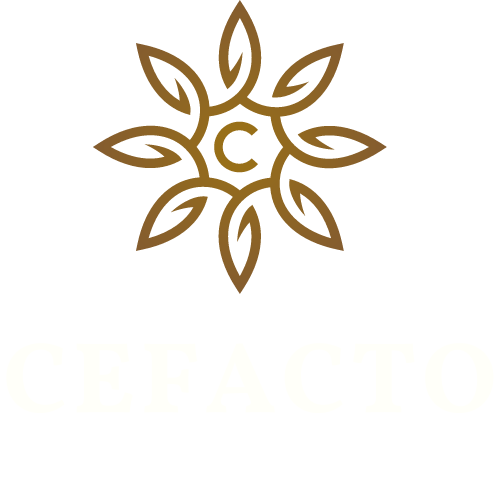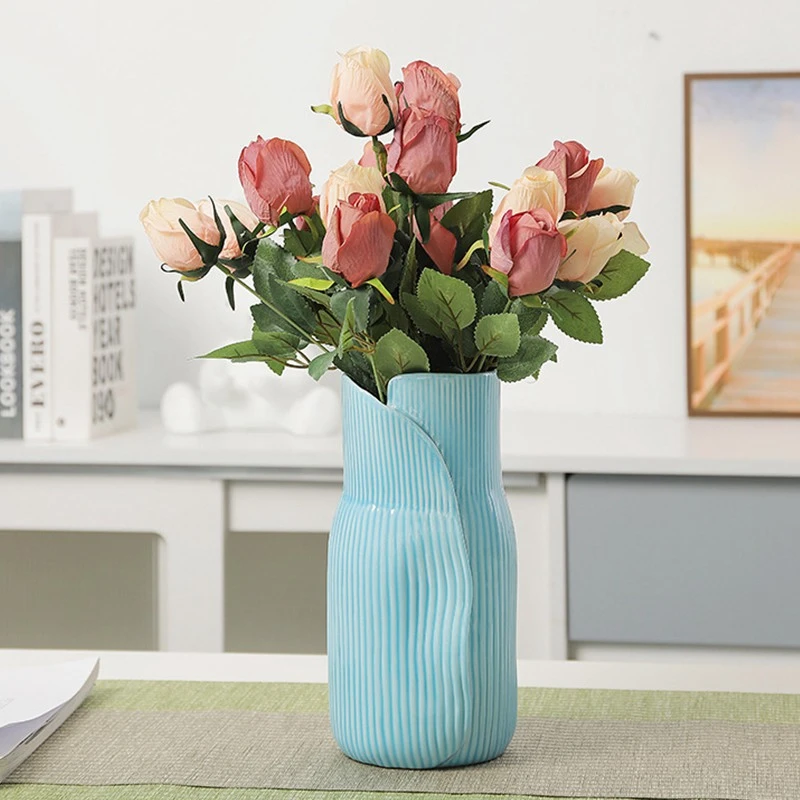Vases
The Timeless Beauty and Versatility of Vases
Vases have been a staple of home decor and art for centuries, valued for their beauty, versatility, and ability to enhance any space. From ancient civilizations to modern homes, vases serve both functional and aesthetic purposes, adding a touch of elegance and personality to any environment. This article explores the history, types, and uses of vases, highlighting their enduring appeal and relevance.
Historical Overview
1. **Ancient Civilizations**:
– **Egypt and Mesopotamia**: Some of the earliest vases date back to ancient Egypt and Mesopotamia. These vases were often made from clay or stone and used for practical purposes such as storing water, grains, and oils. Their intricate designs and decorations also made them significant in religious and ceremonial contexts.

– **Greece and Rome**: In ancient Greece and Rome, vases were crafted with more sophisticated techniques and often depicted scenes from mythology and daily life. Greek amphorae, for example, were used to store wine and olive oil and are renowned for their artistic value.
2. **China and Japan**:
– **Chinese Porcelain**: The development of porcelain in China during the Tang dynasty (618-907 AD) revolutionized vase production. Chinese porcelain vases are celebrated for their delicate craftsmanship and beautiful glazes, with blue-and-white porcelain becoming particularly iconic during the Ming dynasty (1368-1644).
– **Japanese Ceramics**: Japanese vases, especially those from the Edo period (1603-1868), are known for their elegant simplicity and connection to the Japanese tea ceremony. The use of natural motifs and earthy tones characterizes much of Japanese vase design.
3. **European Influence**:
– **Renaissance and Baroque**: The Renaissance and Baroque periods in Europe saw a resurgence of interest in classical art and design. Vases from this era often featured elaborate decorations and were made from a variety of materials, including porcelain, glass, and metal.
– **Victorian Era**: The Victorian era brought a fascination with floral arrangements and home decor, leading to the widespread use of vases in households. Glass and ceramic vases from this period often featured ornate designs and were central to interior decorating.
Types of Vases
1. **Materials**:
– **Ceramic**: Ceramic vases are made from clay and fired at high temperatures. They can be glazed or unglazed and come in a wide range of styles and colors.
– **Glass**: Glass vases offer a sleek and modern look. They can be clear or colored and are often used for their transparency, which highlights the beauty of the flowers they hold.
– **Metal**: Metal vases, including those made from brass, copper, and silver, add a touch of luxury and are often used in formal settings.
– **Wood**: Wooden vases bring a rustic and natural feel to decor. They are often carved from solid pieces of wood and may feature intricate designs.
2. **Shapes**:
– **Bud Vases**: Small and narrow, bud vases are designed to hold a single flower or a small arrangement. They are perfect for adding a touch of color to tight spaces.
– **Cylinder Vases**: These tall, cylindrical vases are versatile and can accommodate a wide variety of flower arrangements.
– **Urn Vases**: Inspired by classical urns, these vases have a wide body and narrow neck, making them ideal for large, dramatic floral displays.
– **Bottle Vases**: With a narrow neck and wide base, bottle vases are great for showcasing single stems or delicate flowers.
Uses and Decorative Ideas
1. **Floral Arrangements**:
– **Fresh Flowers**: Vases are most commonly used to display fresh flowers. The right vase can enhance the beauty of the flowers and complement the decor of the room.
– **Dried Flowers**: Dried flower arrangements are a popular choice for long-lasting decor. Vases with earthy tones or natural textures work well with dried botanicals.
2. **Home Decor**:
– **Centerpieces**: Vases make excellent centerpieces for dining tables, coffee tables, and mantels. They can be filled with flowers, branches, or decorative items like pebbles and marbles.
– **Artistic Display**: Empty vases can be displayed as art pieces. Unique shapes, colors, and designs can add visual interest to shelves, bookcases, and side tables.
3. **Functional Uses**:
– **Storage**: Vases can be used creatively for storage, holding items like kitchen utensils, makeup brushes, or office supplies.
– **Gifts**: A beautifully crafted vase makes a thoughtful and versatile gift for occasions such as weddings, anniversaries, and housewarmings.
Conclusion
Vases are timeless pieces that combine functionality with aesthetic appeal. Their rich history, diverse materials, and versatile uses make them a valuable addition to any home. Whether used to display flowers, as decorative art, or for practical purposes, vases continue to enhance our living spaces and reflect our personal style. Explore the world of vases and find the perfect piece to add beauty and elegance to your home.


